Vue lecture
SmallSat heads to Salt Lake City as audience expands

SAN FRANCISCO – More than 4,000 people from 45 countries have signed up to attend the Small Satellite Conference at the Salt Palace Convention Center in Salt Lake City Aug. 10-13. After 38 years in Logan, Utah, SmallSat is moving to Salt Lake City because the convention center and surrounding hotels can accommodate thousands of […]
The post SmallSat heads to Salt Lake City as audience expands appeared first on SpaceNews.
Building Blocks of Life in Deep Space Could Mean Life Extends Further Than Once Thought
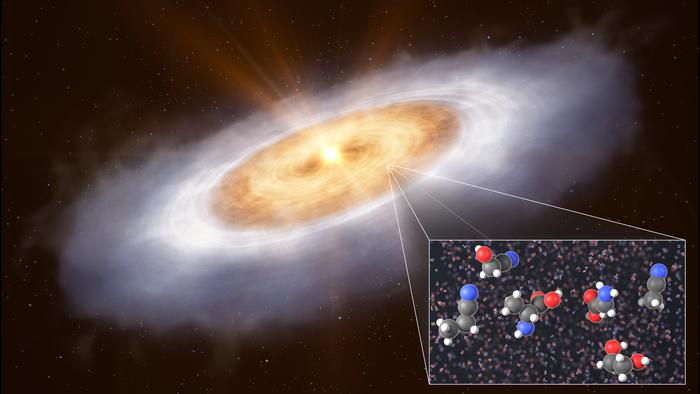
Invisible to the Naked Eye, Our Brains Emit Light — and We Are Learning How to Decode It

NSF plans abrupt end to lone U.S. Antarctic research icebreaker
Peacock feathers can be lasers
Twin Meteor Showers Will Peak Together at the End of July 2025
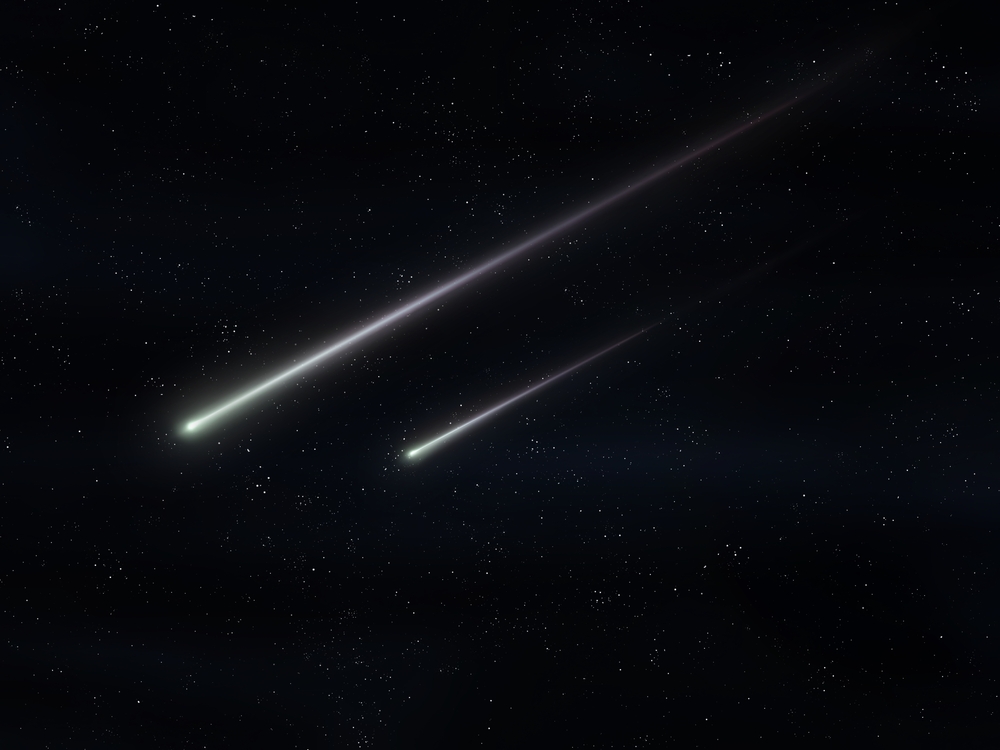
Meet the Record-Breaking Deep Sea Snail That Lives 6,000 Meters Below the Surface
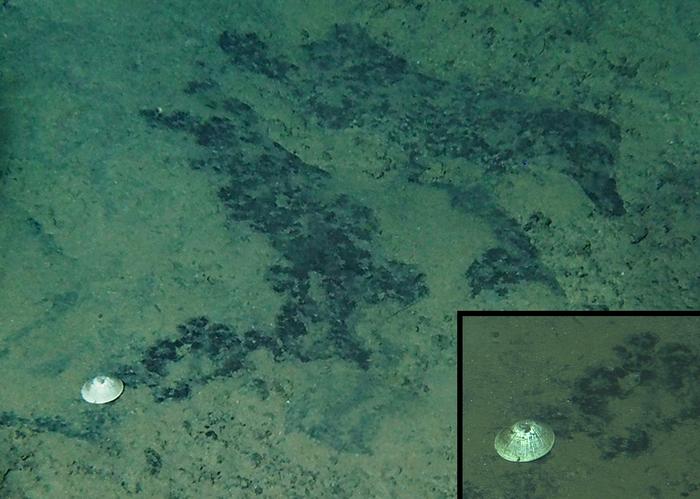
The Red Supergiant's Companion Is Discovered, Solving Centuries-Old Mystery
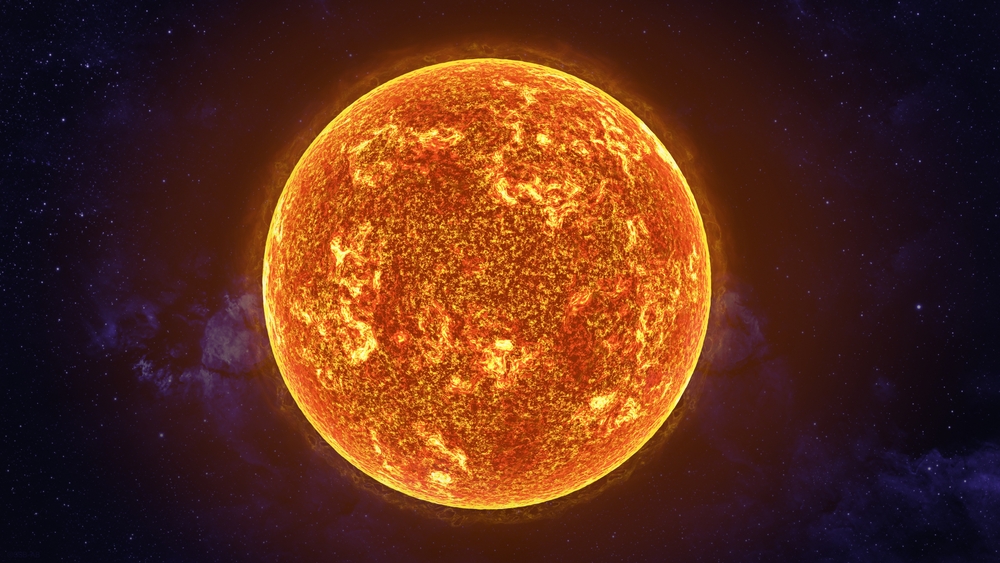
Fossilized Teeth Offer Clues to Dinosaurs’ Favorite Foods About 150 Million Years Ago

House appropriators want TraCSS to rely more on Defense Department

A House appropriations bill provides funding for a civil space traffic coordination system but wants changes to increase its reliance on the Defense Department.
The post House appropriators want TraCSS to rely more on Defense Department appeared first on SpaceNews.
U.S. military X-37B spaceplane prepares for eighth mission

OTV-8 will test technologies for GPS-denied navigation and space network integration
The post U.S. military X-37B spaceplane prepares for eighth mission appeared first on SpaceNews.
Stanford spinoff EraDrive claims $1 million NASA contract

SAN FRANCISCO – EraDrive, a Stanford spinoff, won a $1 million NASA contract to detect, identify and track space objects. It was the first contract for the Palo Alto, California, startup founded earlier this year by Space Rendezvous Laboratory (SLAB) director Simone D’Amico, Justin Kruger, SLAB postdoctoral fellow, and Sumant Sharma, a SLAB alum and […]
The post Stanford spinoff EraDrive claims $1 million NASA contract appeared first on SpaceNews.
Physicists turn atomic motion from a nuisance to a resource
In atom-based quantum technologies, motion is seen as a nuisance. The tiniest atomic jiggle or vibration can scramble the delicate quantum information stored in internal states such as the atom’s electronic or nuclear spin, especially during operations when those states get read out or changed.
Now, however, Manuel Endres and colleagues at the California Institute of Technology (Caltech), US, have found a way to turn this long-standing nuisance into a useful feature. Writing in Science, they describe a technique called erasure correction cooling (ECC) that detects and corrects motional errors without disturbing atoms that are already in their ground state (the ideal state for many quantum applications). This technique not only cools atoms; it does so better than some of the best conventional methods. Further, by controlling motion deliberately, the Caltech team turned it into a carrier of quantum information and even created hyper-entangled states that link the atoms’ motion with their internal spin states.
“Our goal was to turn atomic motion from a source of error into a useful feature,” says the paper’s lead author Adam Shaw, who is now a postdoctoral researcher at Stanford University. “First, we developed new cooling methods to remove unwanted motion, like building an enclosure around a swing to block a chaotic wind. Once the motion is stable, we can start injecting it programmatically, like gently pushing the swing ourselves. This controlled motion can then carry quantum information and perform computational tasks.”
Keeping it cool
Atoms confined in optical traps – the basic building blocks of atom-based quantum platforms – behave like quantum oscillators, occupying different vibrational energy levels depending on their temperature. Atoms in the lowest vibrational level, the motional ground state, are especially desirable because they exhibit minimal thermal motion, enabling long coherence times and high-fidelity control over quantum states.
Over the past few decades, scientists have developed various methods, including Sisyphus cooling and Raman sideband cooling, to persuade atoms into this state. However, these techniques face limitations, especially in shallow traps where motional states are harder to resolve, or in large-scale systems where uniform and precise cooling is required.
ECC builds on standard cooling methods to overcome these challenges. After an initial round of Sisyphus cooling, the researchers use spin-motion coupling and selective fluorescence imaging to pinpoint atoms still in excited motional states without disturbing the atoms already in the motional ground state. They do this by linking an atom’s motion to its internal electronic spin state, then shining a laser that only causes the “hot” (motionally excited) atoms to change the spin state and light up, while the “cold” ones in the motional ground state remain dark. The “hot” atoms are then either re-cooled or replaced with ones already in the motional ground state.
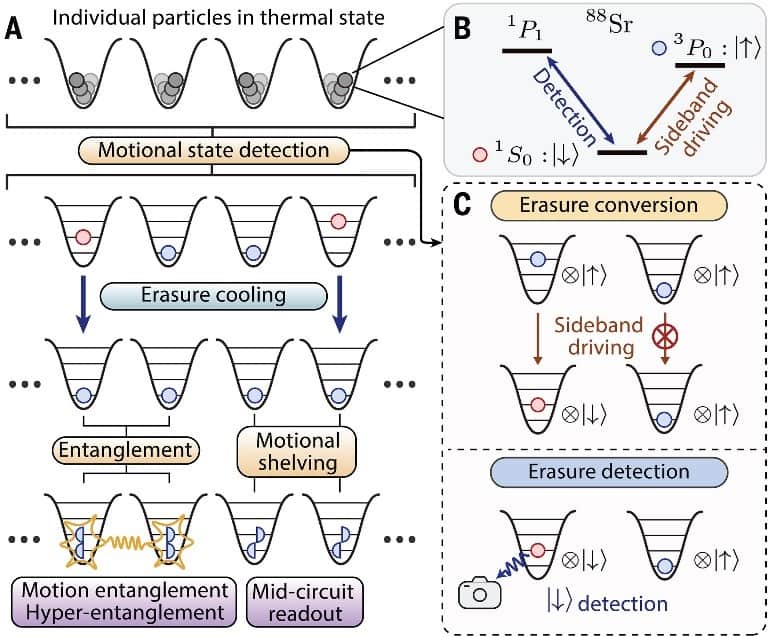
This approach pushed the fraction of atoms in the ground motional state from 77% (after Sisyphus cooling alone) to over 98% and up to 99.5% when only the error-free atoms were selected for further use. Thanks to this high-fidelity preparation, the Caltech physicists further demonstrated their control over motion at the quantum level by creating a motional qubit consisting of atoms in a superposition of the ground and first excited motional states.
Cool operations
Unlike electronic superpositions, these motional qubits are insensitive to laser phase noise, highlighting their robustness for quantum information processing. Further, the researchers used the motional superposition to implement mid-circuit readout, showing that quantum information can be temporarily stored in motion, protected during measurement, and recovered afterwards. This paves the way for advanced quantum error correction, and potentially other applications as well.
“Whenever you find ways to better control a physical system, it opens up new opportunities,” Shaw observes. Motional qubits, he adds, are already being explored as a means of simulating systems in high-energy physics.
A further highlight of this work is the demonstration of hyperentanglement, or entanglement across both internal (electronic) and external (motional) degrees of freedom. While most quantum systems rely on a single type of entanglement, this work shows that motion and internal states in neutral atoms can be coherently linked, paving the way for more versatile quantum architectures.
The post Physicists turn atomic motion from a nuisance to a resource appeared first on Physics World.
When It Comes to Healing Wounds, Yogurt Could Be a Game-Changer

Sleepwalking into risk: managing traffic above 60,000 feet

The stratosphere is no longer empty. High-altitude platform and suborbital spaceplane operations are booming, yet our management of “near-space” remains stuck in the last century. We cannot afford to postpone solutions until after a catastrophe. Instead, we must embed new approaches now! High-altitude platforms (HAPs), like stratospheric balloons, solar-powered drones and airships and suborbital space […]
The post Sleepwalking into risk: managing traffic above 60,000 feet appeared first on SpaceNews.
China adds new satellites to Guowang constellation, eyes accelerated launch rate

China launched new Guowang satellites Sunday, expanding its LEO broadband network as part of a growing effort to build a sovereign space internet.
The post China adds new satellites to Guowang constellation, eyes accelerated launch rate appeared first on SpaceNews.
Preparation for ISRS certification using RTsafe’s solutions. An overall experience
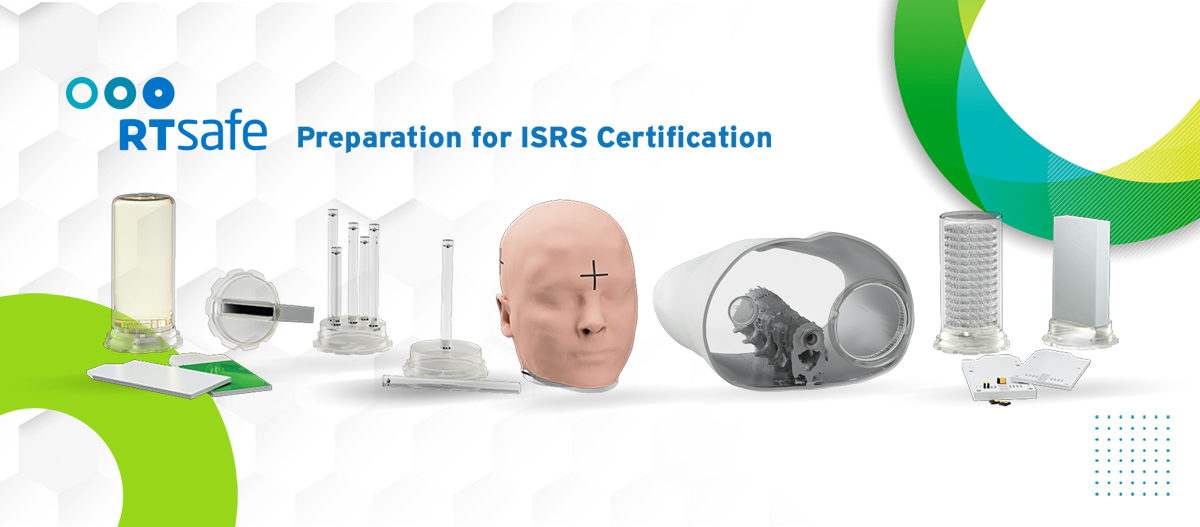
The webinar will present the overall experience of a radiotherapy department that utilized RTsafe’s QA solutions in preparation for achieving ISRS certification. The session will focus on the use of RTsafe’s Prime phantom in combination with film remote dosimetry services, demonstrating how this approach enables End-to-End QA testing and supports accurate, reproducible film dosimetry audits. Attendees will gain insights into how these tools can be employed to validate the entire SRS treatment workflow, from imaging and planning to dose delivery, while aligning with the rigorous standards required for ISRS certification.
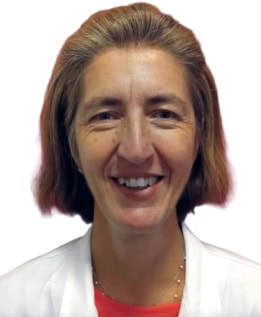
Serenella Russo is senior medical physicist and Reference MPE at the Radiation Oncology Unit, Santa Maria Annunziata Hospital, Florence. She brings expertise in external beam radiation therapy dosimetry, with a focus on small field measurements and detector characterization, as well as clinical implementation and planning of VMAT/IMRT, SRS/SBRT techniques. Russo is responsible for the Italian Association of Medical Physics (AIFM) audit service for radiotherapy megavoltage photons beams. Coordinator of (AIFM) SBRT Working Group and responsible for the Italian multi-center project “Inter-comparison on small field dosimetry ” proposed by the SBRT WG.
Professor of Radiotherapy Dosimetry at the Medical Physics Specialization School, University of Florence and serves as editor for Physica Medica. Author and Co-author of numerous scientific publications about SRS/SBRT and small field dosimetry.
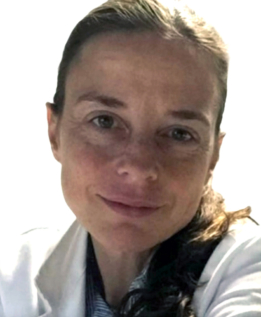
Silvia Scoccianti is head of Radiation Oncology at Santa Maria Annunziata Hospital and Azienda USL Toscana Centro, Italy. She brings expertise in Linac-based radiosurgery, stereotactic radiotherapy and gamma knife radiosurgery for brain metastases, recurrent gliomas, intercranial benign tumors, AVM, and trigeminal neuralgia. Head of the Italian Association of Radiotherapy and Clinical Oncology (AIRO) Brain Tumor Group. Chief of the multidisciplinary tumor board for CNS a multi-hospital network of Azienda USL Toscana Centro. Study director and Principal investigator for multicenter neuro-oncological trials.
Scoccianti co-authored Italian national CNS tumor guidelines published by the Italian Association of Medical Oncology (AIOM). Author and Co-author of numerous scientific publications about primary and secondary brain tumors.
The post Preparation for ISRS certification using RTsafe’s solutions. An overall experience appeared first on Physics World.
Ask me anything: Tom Driscoll – ‘It’s under-appreciated how difficult it is to communicate clearly’
What skills do you use every day in your job?
I’m thankful every day that my physics background helps me quickly understand information – even outside my areas of expertise – and fit it into the larger puzzle of what’s valuable and/or critical for our company, business, products, team and technology. I also believe it’s under-appreciated how difficult it is to communicate clearly – especially on technical topics or across large teams – and the challenge scales with the size of the team. Crafting clear communication is therefore something that I try to give extra time and attention to myself. I also encourage the wider team to follow that example and do themselves as they develop our technology and products.
What do you like best and least about your job?
The best thing for me is that every day, every task and action, no matter how small, helps bit-by-bit to build a world that is safer and more secure against the surge in autonomous weapons. What’s also great are the remarkable people I work with – on my team and across the company. They’re dedicated, intelligent, and each exemplary in their own unique ways. My least favourite part of the job is Powerpoint, which to me is the least effective and most time-consuming ways of communicating ever created. In the business world, however, you have to accept and accommodate your customers’ preferences – and that means using Powerpoint.
What do you know today, that you wish you knew when you were starting out in your career?
I wish I’d known that anyone who believes a hardware start-up will only take three or four years to develop a product has to be kidding. But jokes aside, I believe that learning things is often more valuable than knowing things – and the past 11 years have been an amazing journey of learning. If I had a time machine would I go back and tweak what I did early on? Absolutely! But would I hand myself a cheat-sheet that let me skip all the learning? Absolutely not!
The post Ask me anything: Tom Driscoll – ‘It’s under-appreciated how difficult it is to communicate clearly’ appeared first on Physics World.
Genomewide study makes ‘quantum leap’ in understanding stuttering
This Star System Contains 5 Potentially Habitable Planets

New experiment uses levitated magnets to search for dark matter
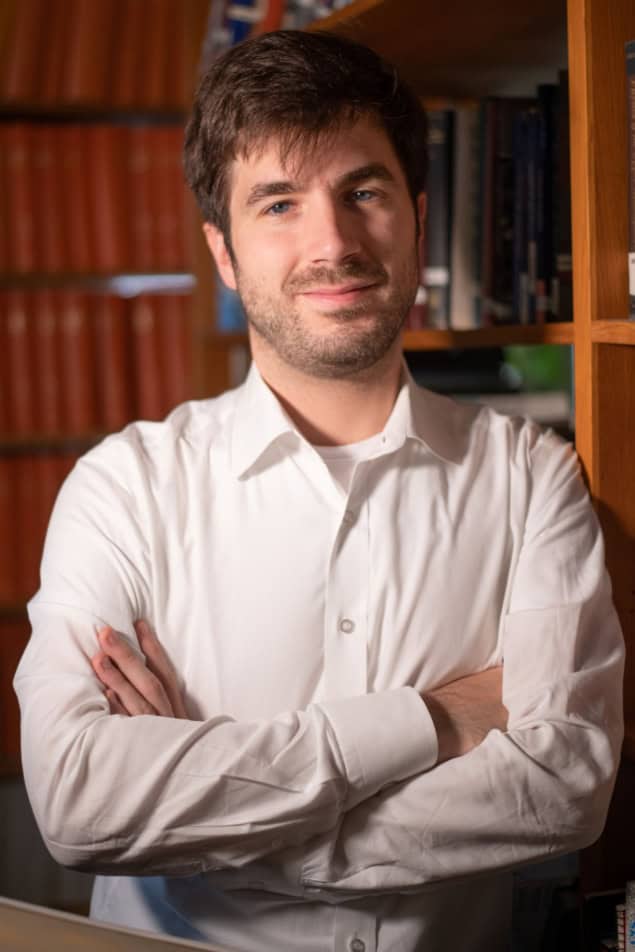
A tiny neodymium particle suspended inside a superconducting trap could become a powerful new platform in the search for dark matter, say physicists at Rice University in the US and Leiden University in the Netherlands. Although they have not detected any dark matter signals yet, they note that their experiment marks the first time that magnetic levitation technology has been tested in this context, making it an important proof of concept.
“By showing what current technology can already achieve, we open the door to a promising experimental path to solving one of the biggest mysteries in modern physics,” says postdoctoral researcher Dorian Amaral, who co-led the project with his Rice colleague Christopher Tunnell, as well as Dennis Uitenbroek and Tjerk Oosterkamp in Leiden.
Dark matter is thought to make up most of the matter in our universe. However, since it has only ever been observed through its gravitational effects, we know very little about it, including whether it interacts (either with itself or with other particles) via forces other than gravity. Other fundamental properties, such as its mass and spin, are equally mysterious. Indeed, various theories predict dark matter particle masses that range from around 10−19 eV/c2 to a few times the mass of our own Sun – a staggering 90 orders of magnitude.
The B‒L model
The theory that predicts masses at the lower end of this range is known as the ultralight dark matter (ULDM) model. Some popular ULDM candidates include the QCD axion, axion-like particles and vector particles.
In their present work, Amaral and colleagues concentrated on vector particles. This type of dark-matter particle, they explain, can “communicate”, or interact, via charges that are different from those found in ordinary electromagnetism. Their goal, therefore, was to detect the forces arising from these so-called dark interactions.
To do this, the team focused on interactions that differ based on the baryon (B) and lepton (L) numbers of a particle. Several experiments, including fifth-force detectors such as MICROSCOPE and Eöt-Wash as well as gravitational wave interferometers such as LIGO/Virgo and KAGRA, likewise seek to explore interactions within this so-called B‒L model. Other platforms, such as torsion balances, optomechanical cavities and atomic interferometers, also show promise for making such measurements.
Incredibly sensitive setup
The Rice-Leiden team, however, chose to explore an alternative that involves levitating magnets with superconductors via the Meissner effect. “Levitated magnets are excellent force and acceleration sensors, making them ideal for detecting the minuscule signatures expected from ULDM,” Amaral says.
Such detectors also have a further advantage, he adds. Because they operate at ultralow temperatures, they are much less affected by thermal noise than is the case for detectors that rely on optical or electrical levitation. This allows them to levitate much larger and heavier objects, making them more sensitive to interactions such as those expected from B‒L model dark matter.
In their experiment, which is called POLONAISE (Probing Oscillations using Levitated Objects for Novel Accelerometry In Searches of Exotic physics), the Rice and Leiden physicists levitated a tiny magnet composed of three neodymium-iron-boron cubes inside a superconducting trap cooled to nearly absolute zero. “This setup was incredibly sensitive, enabling us to detect incredibly small motions caused by tiny external forces,” Amaral explains. “If ultralight dark matter exists, it would behave like a wave passing through the Earth, gently tugging on the magnet in a predictable, wave-like pattern. Detecting such a motion would be a direct signature of this elusive form of dark matter.”
An unconventional idea
The Rice-Leiden collaboration began after Oosterkamp and Tunnell met at a climate protest and got to chatting about their scientific work. After over a decade working on some of the world’s most sensitive dark matter experiments – with no clear detections to show for it – Tunnell was eager to return to the drawing board in terms of detector technologies. Oosterkamp, for his part, was exploring how quantum technologies could be applied to fundamental questions in physics. This shared interest in cross-disciplinary thinking, Amaral remembers, led them to the unconventional idea at the heart of their experiment. “From there, we spent a year bridging experimental and theoretical worlds. It was a leap outside our comfort zones – but one that paid off,” he says.
“Although we did not detect dark matter, our result is still valuable – it tells us what dark matter is not,” he adds. “It’s like searching a room and not finding the object you are looking for: now you know to look somewhere else.”
The team’s findings, which are detailed in Physical Review Letters, should help physicists refine theoretical models of dark matter, Amaral tells Physics World. “And on the experimental side, our work advises the key improvements needed to turn magnetic levitation into a world-leading tool for dark matter detection.”
The post New experiment uses levitated magnets to search for dark matter appeared first on Physics World.
A ‘Grand Unified Theory’ of Math Just Got a Little Bit Closer

ULA tempers expectations for 2025 launch volume amid transition to Vulcan-centric fleet

The company is now targeting ~10 missions this year, down from ambitious 20-launch projection made in 2024
The post ULA tempers expectations for 2025 launch volume amid transition to Vulcan-centric fleet appeared first on SpaceNews.